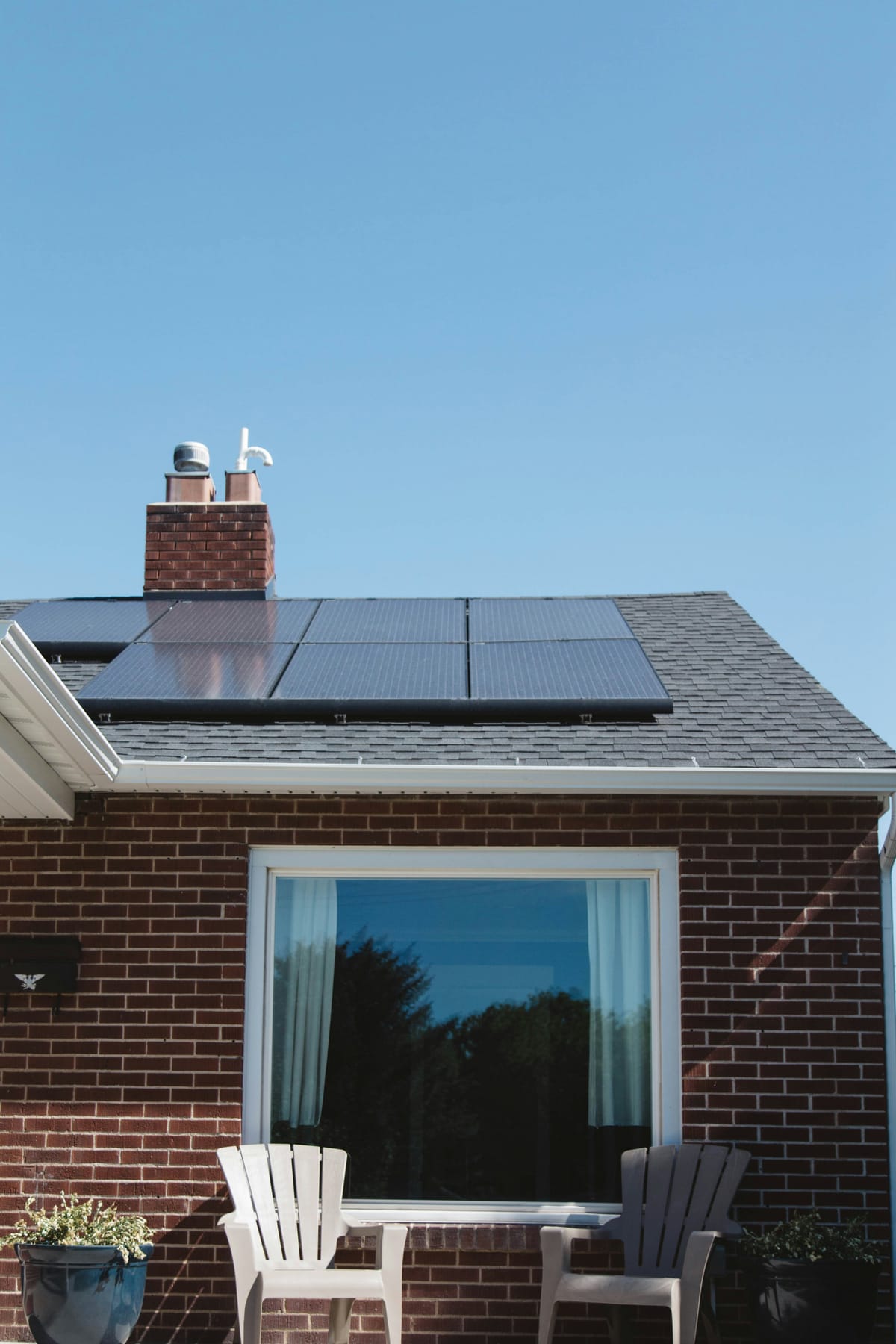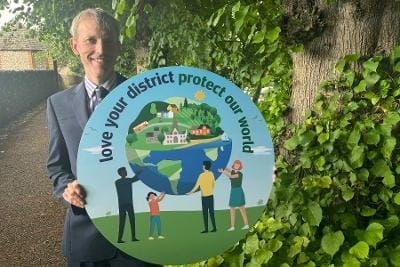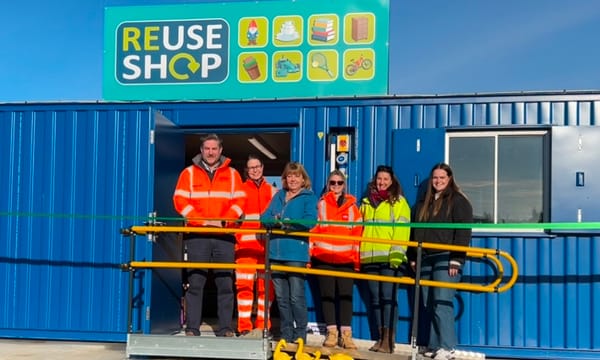New mapping tool reveals ‘hotspots’ for solar initiatives

New modelling from the University of Southampton has revealed the huge potential for rooftop solar in Sussex and Hampshire.
The project has mapped and analysed every rooftop within East Sussex, West Sussex, Brighton & Hove and Hampshire to assess its potential for PV solar installation.
Researchers considered the size, orientation, slope and potential overshadowing to determine whether solar installation would be effective.
A publicly available map allows local authorities, building owners, community groups and the solar industry to identify potential solar “hotspots” within a specific area.
CRPE Sussex director Paul Steedman said: “We are calling on the Government and councils to seize the potential of rooftop solar and help power the UK on sunshine. By maximising the amount of solar we put on rooftops and car parks we can keep as much land free as possible for wildlife, leisure, farming, flood protection and so much more. Ed Miliband has borrowed the CPRE campaign call for a 'rooftop revolution' but now we need to see the policies in place to make it happen.”
Almost half of rooftops (45%) in Sussex and Hampshire have sufficient sunlight for solar PV installation to be effective. This gives a theoretical capacity of 2,000 MWp for Hampshire and 1,950 MWp for Sussex.
Sussex and Hampshire represent roughly 6% of England’s area and population. This suggests if results were scaled up proportionally, England alone has a theoretical rooftop potential of 66GW. As both areas are relatively rural, the national potential could be even higher, CPRE Sussex said.
The “bottom-up” roof-by-roof approach validates earlier England-wide research which highlighted how rooftop solar could help meet the Government’s 70GW by 2035 target. However, changes in policy are needed to make the most of this potential.
View the solar mapping tool here.
The policy brief and mapping tool are the result of a collaboration between the University of Southampton, CPRE Sussex and CPRE Hampshire. The project was funded by the Centre for the South’s New Things Fund.



